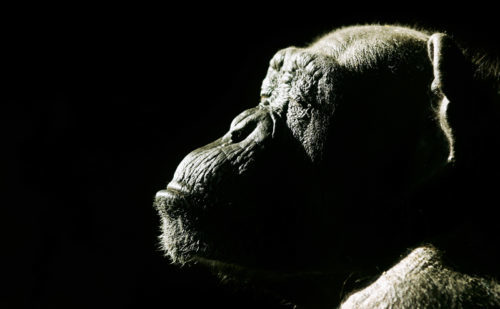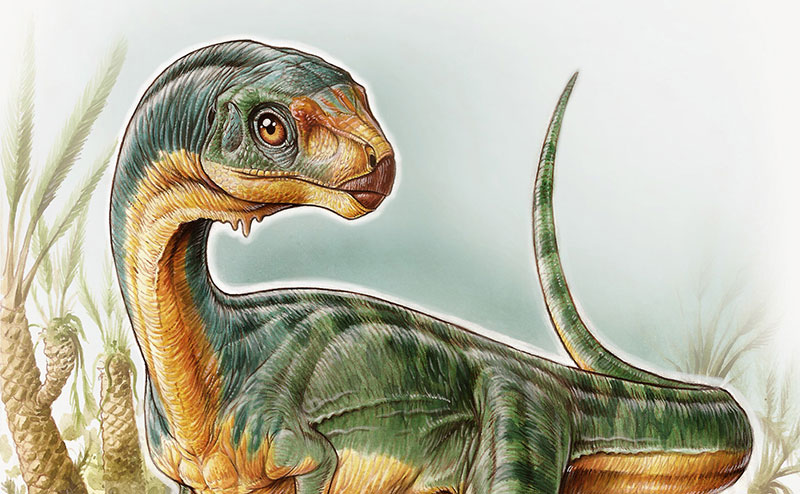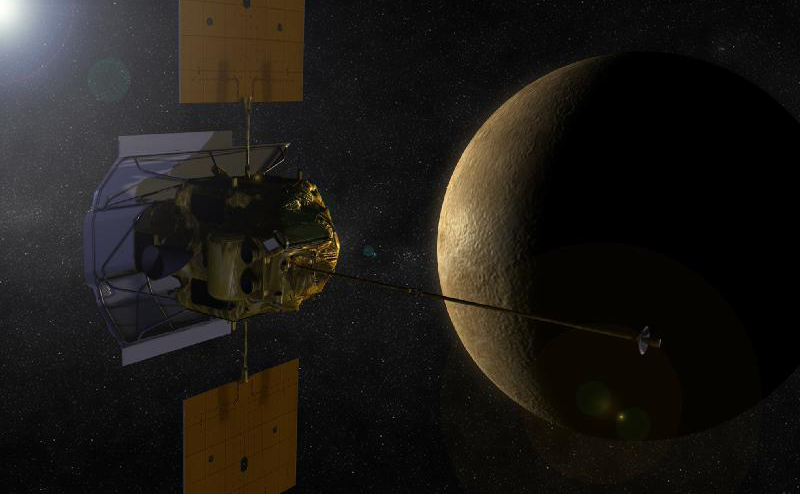Articles
Seven days, lots of science in the news. And many of this week’s most notable and quotable items tie directly to our 2015 festival programs. We thought it’d be cool to link the two to show, you know, we have our finger on the pulse of science. Team of scientists, led by Professor Lee Berger, discovers two-million-year-old skin, thought to possibly be the oldest fossilized skin ever found, near Johannesburg, in South Africa. Related 2015 WSF program: Lee Berger will be participating in our Pioneers in Science program on Friday, May 29, 2015 and our Planet of the Humans: Leap to the Top program on May 29. Scientists announced the discovery of a new microbe that’s being called “the missing link between single cells and complex life.” Related 2015 WSF program: How humans evolved from single-celled organisms to walking on the moon is the subject of Planet of the Humans on Friday, May 29. A blood test may be able to predict cancer years in advance, thanks to new research into telomeres, the end caps on DNA. Such predictions are based on probability, the backbone of science. Related 2015 WSF program: How well do you understand probability? Find out at our Wizards of Odds event on Saturday, May 30. …
Read MoreSeven days, lots of science in the news. Here’s our roundup of some of the week’s most notable and quotable items. Stanford researchers created tiny robots that can pull and lift things up to 2,000 times their own weight—the equivalent of a single person being able to drag around a blue whale. Tesla announces new batteries for homes and business aimed to help with energy storage and address some renewable energy issues. A chamber of liquid mercury was discovered underneath the ruins of the ancient Mexican pyramid Teotihuacan. Water could have originated in the universe as soon as a billion years after the Big Bang. The Messenger spacecraft crashed into the surface of Mercury. Newly discovered dinosaur Chilesaurus diegosuarezi was a cousin of Tyrannosaurus rex—but preferred plants to flesh—and has an odd combination of traits that led some to call it the “platypus dinosaur.” Another newly discovered dinosaur, Yi qi, is believed to have flown on unusual featherless wings akin to those on a flying squirrel or a bat. Bats have tiny hairs on their wings to help them navigate. Pluto probably has a polar cap made of nitrogen snow. Russia’s space agency failed to regain control of an unmanned cargo ship that launched for the …
Read MoreAfter more than four years orbiting Mercury, the Messenger spacecraft has made a hero’s exit. At 3:26 pm Eastern Time on April 30, the refrigerator-sized space probe finished its final dive to the surface of the planet, creating a new crater on Mercury’s already pockmarked surface. Under ordinary circumstances, Messenger should’ve crashed weeks ago, but NASA’s scientists found a way to squeeze extra mission time out of the nearly exhausted probe by venting helium out of the craft’s fuel tanks. That allowed Messenger to vault a bit higher in its degrading orbit, adding a little more data to the mountain of information that Messenger has sent, including more than 270,000 images of the surface. The craft has turned up some surprising finds on our sun’s nearest neighbor. Not least of which was the discovery that, despite the planet reaching temperatures of up to 800 degrees Fahrenheit, Mercury harbors ice in shaded craters. The craft also found traces of Mercury’s past volcanic activity; revealed strange bright, bluish craters called “hallows”; and found traces of volatile chemicals including potassium, sulfur, chlorine, and sodium—probably brought by asteroids and comets—on its surface. Messenger hit Mercury’s surface at around 8,750 miles per hour and created a crater about 50 feet wide, according …
Read MoreAfter an invasion of insects, most people want to put the creepy-crawlies out of mind. But when science writer Brooke Borel suffered three bed bug infestations in New York City, she found herself fascinated by the little bloodsuckers. In her new book, Infested: How the Bed Bug Infiltrated Our Bedrooms and Took Over the World, Borel examines the science, history, and psychology of one of our hardiest and most intimate pests. We got a chance recently to chat with her about the book.
Read More
Seven days, lots of science in the news. Here’s our roundup of some of the week’s most notable and quotable items.
Read MorePeacocks have their tails. Male lions have their manes. And now, new research suggests, male stegosaurs may have distinguished themselves—and signaled their prowess to the ladies—with rounder back plates. Because of the nature of fossils, it’s often hard to tell whether anatomical differences in dinosaurs are truly due to sex differences. But in a study published in the journal PLOS ONE, University of Bristol researcher Evan Saitta seems to have found convincing evidence that the shape of back plates may have been an important sex marker for these Jurassic titans.
Read More














